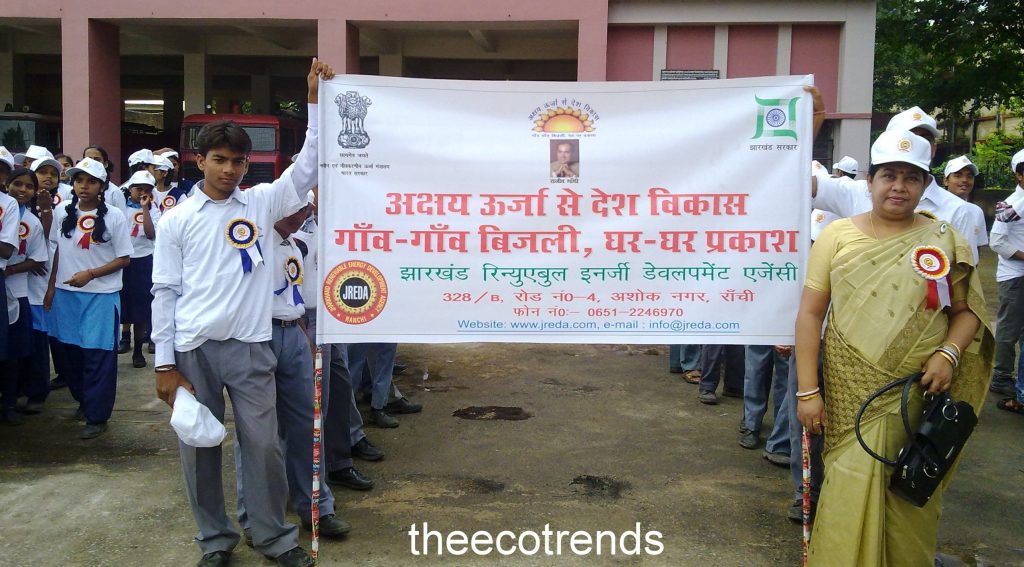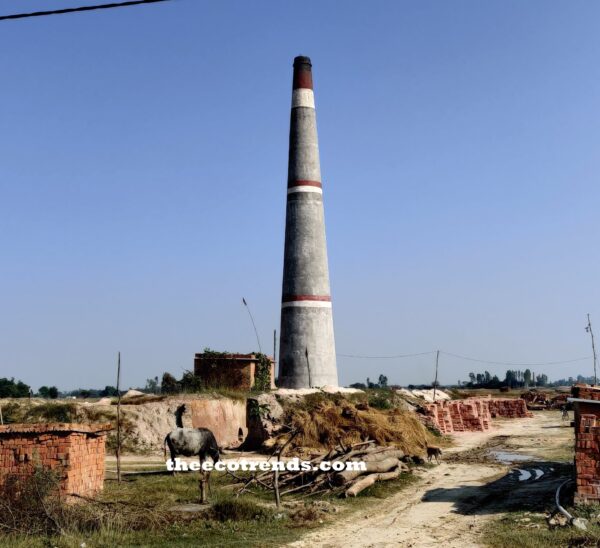Energy is the basic force capable of running life. But, the sources of energy are running short.
A dangerous situation of the shortage of energy has come. This situation may rightly be called as the Energy Crisis.
So, it is essential now to investigate, develop and exploit new and alternative sources of energy.
We have two types sources of energy around us, and these sources are — non-renewable and renewable sources.
Renewable sources of energy can be replenished if lost through use. But non-renewable sources of energy like fossil fuels (coal, petroleum, petroleum products and natural gas) cannot be replenished after they are lost. Here is a general description of these sources.
Non- Renewable Sources of Energy
Coal
About 20% of commercial energy used in the world is derived from coal.
Scientists have developed different methods of turning coal into liquid or gas. Liquefied coal can be used in making artificial petrol.
Heating of coal produces coal gas which is a mixture of several gases like hydrogen, carbon monoxide and methane.
The light giving power of coal is due to the presence of acetylene, ethylene and benzene. In coal, these are found in trace quantities.
In India, about 67%of energy needs are fulfilled by coal. Most of the coal in India is dug from the mines located in Jharkhand, Madhya Pradesh, Orissa, West Bengal, Maharashtra and Andhra Pradesh.
Petroleum
Petroleum was formed through the decomposition of dead remains of small plants and animals burned between rocks under ocean-floors, crores of years ago. It is found between two non-porous rocks located at great depths inside the earth.
In India, petroleum is obtained through oil wells located in Ankaleshwar and Kalol in Gujarat, Rudra Sagar and Lukuwa in Assam, Bombay High, and Deltas of Godavari and Kaveri Rivers (offshore).
Natural Gas
The gas which is obtained in nature either alone or along with petroleum from oil-wells is called as Natural Gas.
It is a mixture of gases like ethane, propane and methane. However, major part of this gas (about 90%) is methane.
According to reports, India produced 27.428 billion cubic meters of natural gas during the year 1998—99 and 2 8.445 billion cubic meters during the year 1999—2000.
It is used on domestic and industrial levels. For example, it is used for heating homes, cooking meals, and for heat and power industries. It is being used as CNG (Compressed Natural Gas) for driving motor vehicles also.
Pollution from Non-Conventional Sources of Energy
All the fossil fuels (coal, petroleum, petroleum products, natural gas) we use today produce similar types of pollutants that cause pollutions of air, water and soil. Some of the main pollutants released through the utilization of these fuels are carbon dioxide, carbon monoxide, carbon black or carbon particles, Sulphur dioxide gas, hydrogen Sulphide gas, oxides of nitrogen etc.
Electricity that we use largely comes from thermal power plants, which consume more than half of the world’s total coal-production.
Planes fly and trains, trucks, buses, cars, scooters etc. run on oil. The natural gas lights the kitchen stove. Thus, we cannot imagine a life without the use of fossil fuels.
Renewable Sources of Energy
Since fossil fuels are being exhausted at a fast rate we are bound to search alternate sources of energy that may lost long. Scientists are working to search out new and alternate sources of energy and energy from many other sources are being derived and used these days. Some of these alternate sources of energy are being introduced ahead.
Solar Energy
Solar energy is one alternative to the conventional sources of energy. It can be collected, concentrated and transformed to generate electricity.
Photovoltaic devices can convert solar energy directly into electricity. If fitted with storage battery and inverter etc. photovoltaic devices can be developed into solar photovoltaic electric generator.
Solar energy can be utilized in solar cookers, solar lamps, solar irrigation pumps, interior heating devices, swimming pool heating systems and even in producing electricity for satellites.
Wind Energy
When air is in speed, it is called as wind. The wind is formed due to differential heating of land and water surfaces. The energy in wind is due to its speed.
The kinetic energy of wind can be changed into mechanical form by putting movable obstruction in its way.
The mechanical energy is used to run wind turbine-generators. The total wind energy potential as estimated in 1995 is around 20,000 MW.
Biomass Energy
The dry weight of organic matter produced by plants, their derivatives and wastes is called Biomass.
It is a renewable source of energy which is obtained through various ways. Biogas is one of these sources of energy which is obtained through biochemical conversion in biogas plants.
In view of fast depletion of conventional sources of energy, it is now essential to move towards non- conventional sources.
On the other hand efficiencies of our machines need to be increased so as to save our fossil fuels. If each one of us makes changes in our life style by saving energy and try to develop and use non- conventional sources of energy, the problem of energy crisis can be averted.
In India, Renewable Energy Agencies with its offices located in states are doing commendable jobs in developing and popularizing non- conventional energy. At the same time these organize big rallies and awareness programmes every year on the occasion of the birth day of Rajiv Gandhi.

The birth anniversary of Late Prime Minister Rajiv Gandhi, 20th August, is celebrated as Rajiv Gandhi Akshay Urja Diwas. It is on that day when concerned agencies celebrate the day through different ways.




